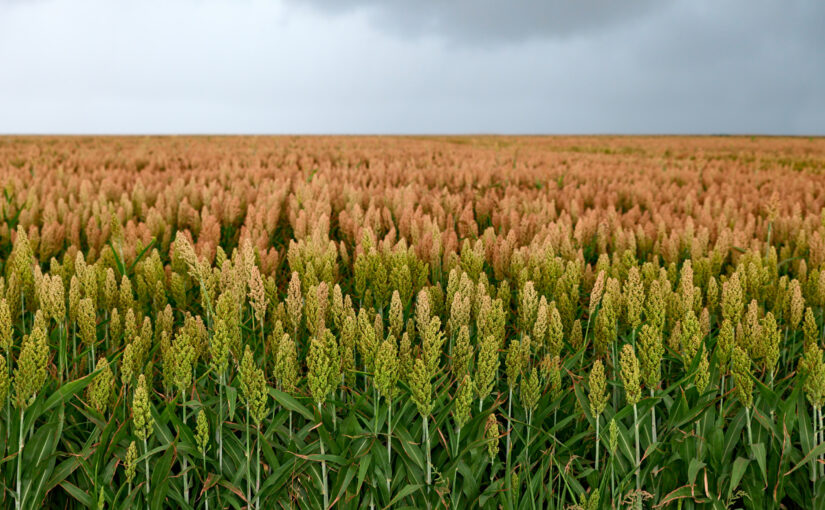
Have you ever heard of sorghum? Many people are still unfamiliar with sorghum, and even those who have heard of it might be surprised to learn that it is not actually a grain, but a grass. That’s right, sorghum (Sorghum bicolor) belongs to the grass family Poaceae.
Despite being a grass, sorghum is often referred to as a grain because of its versatile culinary uses. The plant’s hardy, drought-tolerant nature and low input requirements make it an attractive crop for farmers in arid regions. Sorghum is now grown in more than 100 countries, especially in Africa, Asia, and the Americas, and it is used for food, animal feed, fuel, and industrial applications.
So, what sets sorghum apart from true grains like wheat and rice? The answer lies in its anatomy and physiology. Unlike grains, which are derived from the ovaries of flowers, sorghum produces seeds that are enclosed in a tough outer layer called a hull. When harvested, the whole sorghum plant is typically dried and threshed to separate the grain-like seeds from the inedible chaff and stalks.
Another important distinction is that sorghum grains do not contain gluten, a protein found in wheat, rye, and barley that gives dough its elasticity and structure. Sorghum flour, therefore, is a popular gluten-free alternative for people with celiac disease or gluten intolerance. Sorghum can be ground into flour for baking, popped like popcorn, or boiled like rice. In Africa, sorghum porridge is a staple food, while in India, sorghum is used to make flatbreads and snacks.
Sorghum also has a unique nutritional profile compared to grains. It is a good source of protein, fiber, and minerals like iron and potassium. Some varieties of sorghum are high in antioxidants, especially tannins, which may have health benefits such as reducing inflammation and protecting against cancer and heart disease.
Aside from its culinary and nutritional values, sorghum has other surprising uses. For instance, sorghum stalks and leaves can be used as fodder for livestock, or as a source of biomass for biofuels and bioplastics. Sorghum is a natural pest repellent and can be used as a companion plant to deter pests from crops like corn and sugarcane. In addition, some research has shown that sorghum can be used to clean up contaminated soil and water, as it has the ability to absorb heavy metals and pollutants.
Despite its many benefits, sorghum remains largely underutilized and underappreciated in many parts of the world. However, with the growing demand for sustainable and resilient crops, sorghum may just be the grass that reigns over grains in the future. Its versatility, hardiness, and nutritional value make it a valuable crop for farmers and consumers alike. So next time you see sorghum, don’t think of it as just another grain – think of it as a grass with tremendous potential.
In conclusion, Sorghum is often mistakenly called a grain when it is actually a type of grass that produces nutritious, gluten-free, and versatile seeds that are used worldwide for food, feed, and fuel. Sorghum offers unique benefits over true grains, including its drought-tolerance, pest resistance, and ability to absorb toxins. Whether eaten as a porridge, used as livestock feed, or turned into biofuels, sorghum is a crop that deserves more attention and appreciation. So next time you’re looking for an alternative to wheat or rice, consider trying sorghum – the grass that’s anything but ordinary.
References:”Dietary gluten and the development of type 1 diabetes“”Gluten intake and risk of celiac disease: Long-term follow-up of an at-risk birth cohort“”Sorghum bran supplementation ameliorates dyslipidemia, glucose dysregulation, inflammation and stress oxidative induced by a high-fat diet in rats“”Phenolic Compounds in Whole Grain Sorghum and Their Health Benefits“
Disclaimer: This post is for informational purposes only and should not be construed as medical advice. Please consult a healthcare professional for personalized dietary recommendations based on individual needs and health conditions.


